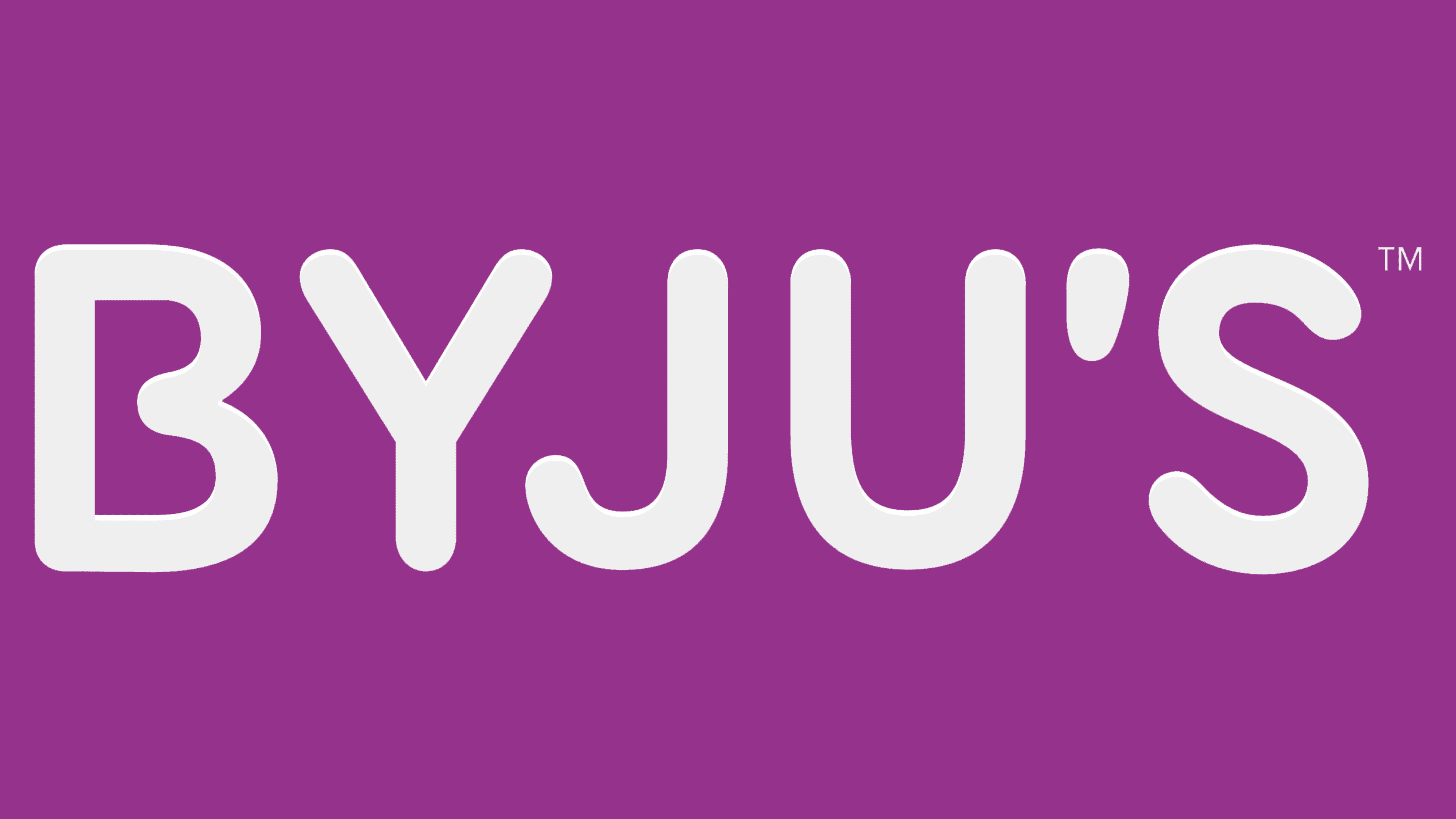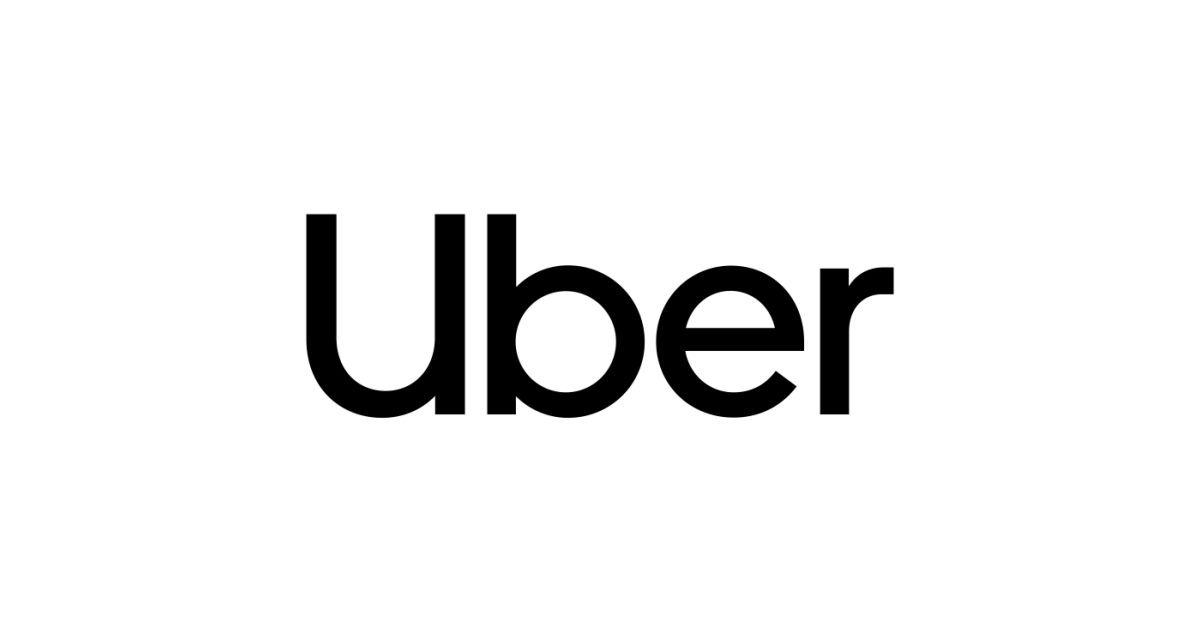Introduction
Byju’s is a global online tutoring platform offering interactive courses across subjects like Coding, Math, and English. It provides an immersive learning experience with conceptual lessons in interactive formats. This includes video and audio tutorials. The business model of Byju involves its business plan, revenue model, its competitors, SWOT Analysis and many more.

A list of Byju’s popular business acquisitions:
- Tynker (price: $200 million)
- Osmo (price: $120 million)
- WhiteHat Jr (price: $300 million)
Business Plan
Byju target users are young learners aged 4-18 years. These pupils often tackle various courses and exams, creating a need for robust learning resources. There are also training materials for people above K-12. This prepares them for entrance exams like NEET, JEE, and more.
Learners can read books in a content format that best suits them. Plus, learners earn badges at different stages of their reading journey. Byju’s Epic serves as a safe, kid-friendly avenue for learning, with one million tutors utilizing it in classrooms.
Revenue Model
Byju’s business incorporates a subscription-based model. This generates recurring revenue as customers periodically pay a fee for exclusive access to specific products or services.
However, it offers a 7-15 day free trial allowing users to explore its services and determine if it can advance their education. The subscription fee is about $10 and $100 per month and annum, respectively. The platform’s in-person classroom program is another crucial revenue spring.
The EdTech unicorn received a $50 million investment funding from venture capitals. This included the Times Internet, Sofina, Sequoia Capital, and Lightspeed Ventures. Other multibillion-dollar commitments have also rolled in from the Chan-Zuckerberg initiative and Blackrock, amongst other investment partners.
Byju’s partnership with innovative companies stretches outside funding and investment space. The company also works with media and entertainment giants like Disney to offer interactive content and playful learning. Furthermore, Byju’s collaborates with FinTech companies like PayU and Paytm for smooth payment and subscription.
Competitors
The growing Ed-Tech is holding majority of the market share. Here is the list of some of Byju’s competitors:
- Unacademy
- Vedantu
- Khan Academy
- Simplilearn
SWOT Analysis
Strengths
- The geographic presence in different regions can act as one of the major strength of the organization. It determines the business’s reach to the target market and ensures the easy accessibility. Strong financial position and health can allow the firm to make further investments.
- Access to the suppliers that offer raw material at a lower cost can improve the overall business efficiency.
- The locational advantage can improve the competitive positioning of the firm in various ways, such as– lower cost, improved accessibility or enhanced brand image.
- The well-developed and efficiently integrated IT infrastructure can improve the operational efficiency and increase knowledge of the latest market trends.
- High product quality increases brand loyalty and improves BYJU s The Learning App’s performance in a competitive market.
- Workplace diversity can also act as a major business strength, particularly when the organization intends to operate in the international market.
- An organization may own different intellectual property rights that can make the product offerings unique and exclusive, making it difficult for competitors to imitate.
Weaknesses
- The organization can draw the criticism from the environmentalists for its poor waste management practices and inability to integrate sustainability in business operations.
- The company may lose efficiency due to poor inventory management practices. The shortage or excessive inventory can either result into
- The cash shortage or insufficient current assets negatively affect the liquidity position and harms the overall business performance.
- Less expenditure on the research and development activities can weaken the company performance due to poor local/international market knowledge.
- The prices charged by the business may not be perceived as justified when compared to the product/service characteristics. It indicates the need to revise the pricing strategy.
- The poor customer service (such as inefficient customer complaint handling) can trigger the negative word of mouth about the business and affect business growth.
- The decision making in the BYJU s The Learning App takes too much time, causing expensive delays in introducing new products in the market.
- Poor project management practices can internally weaken the ability of the organization to successfully open new branches or expand the product line.
- The misalignment between the organization’s leadership style and its core strategic objectives can make the business organization directionless.
Opportunities
- The exponential growth in the population, and particularly in the existing or potential customer segments is a great growth opportunity for the business organization.
- The changing customer needs, tastes and preferences can act as an opportunity if the business organization has good market knowledge.
- The development of new technologies to assist the product/service production and delivery process can be exploited to embed the innovation in business operations. The advanced technological integration can decrease costs, improve efficiency and result in the quick introduction of innovative products.
- Customers may start preferring new and creative products/services as a result of changing tastes.
- The emergence of e-commerce and social media marketing as a trend can be a great opportunity for BYJU s The Learning App if it can ensure strong online presence on different social networking sites.
- The emergence of new market segments and new niches provide business and product line expansion opportunities.
- The subsidies provided by the government and other policies to make the business environment more friendly is a positive external environmental factor for BYJU s The Learning App.
- Improvement in the customers– lifestyle and standards mean more consumption on consumer goods and services, and more opportunities to encourage the purchase.
Threats
- The changing regulatory framework and introduction of new stricter regulations impose a major threat to the BYJU s The Learning App. It makes compliance with legal standards more complex and challenging for the business organization. Inability to comply with changed regulations raises the risk of expensive law suits.
- The increasing number of direct and/or indirect competitors affects the organization’s ability to sustain and expand the customer base.
- The deteriorating economic conditions affect business performance when they directly influence the customers’ spending patterns and purchasing power.
- The rise in inflation increases the cost of production and affects the business profitability.
- The globalization pushes the organization to cross national boundaries and deal with cultural diversity, which may have a detrimental impact if the organization lacks the cultural intelligence.
Conclusion
Byju’s is a premium educational model wherein a number of the primary academic content is made available to students for free. However, to gain access to much more easy and amazing content the users have to opt for a paid subscription.




